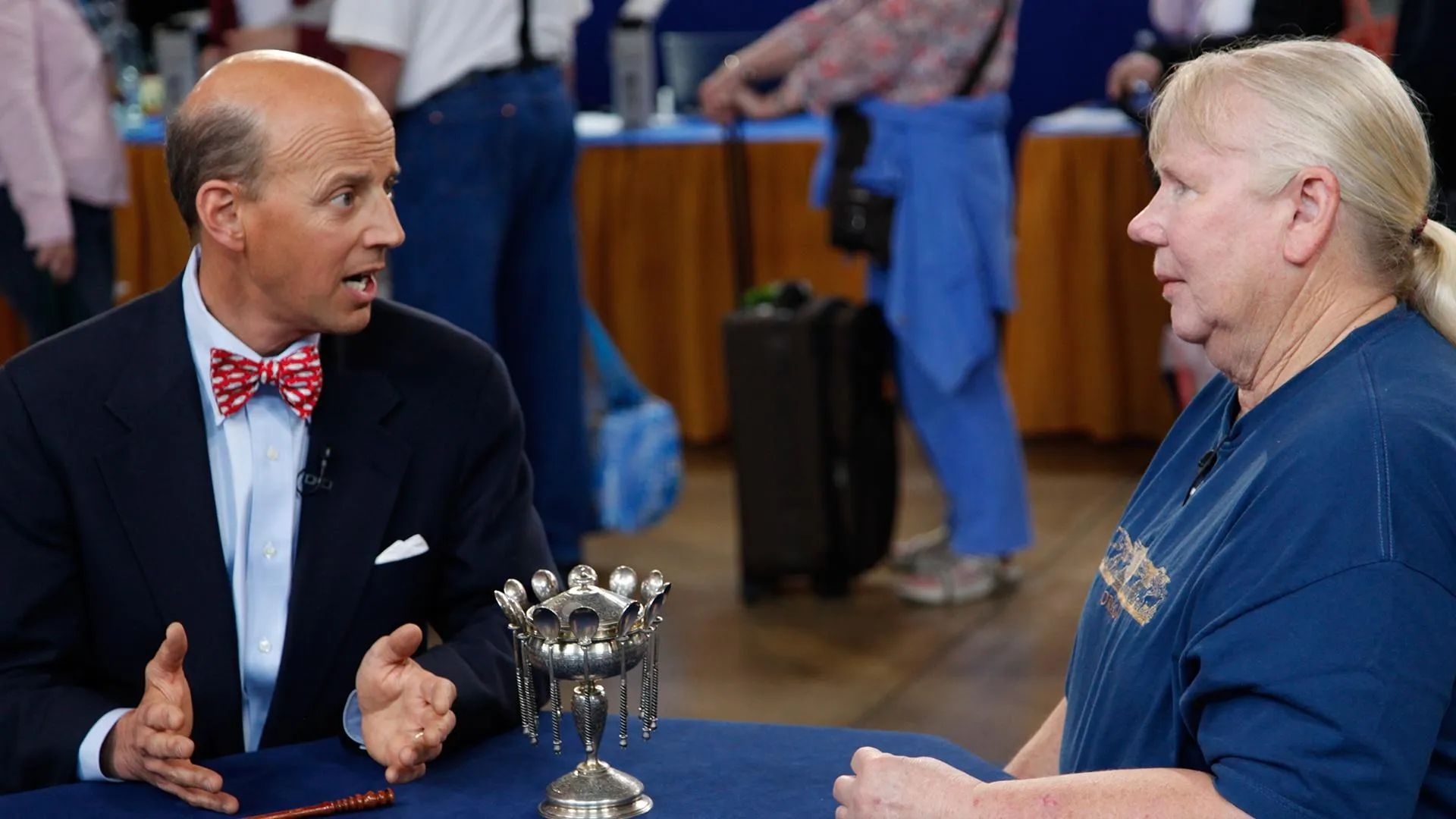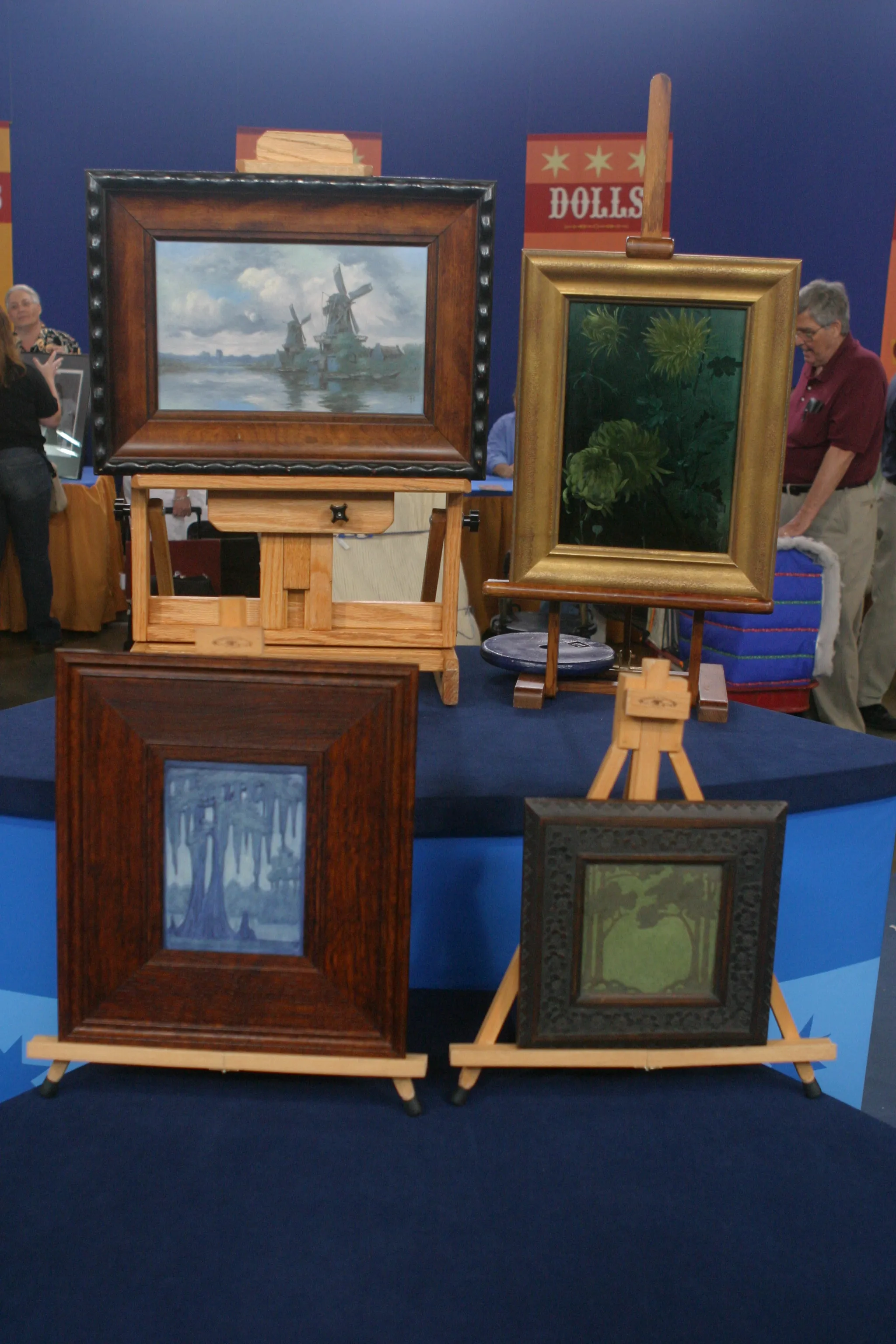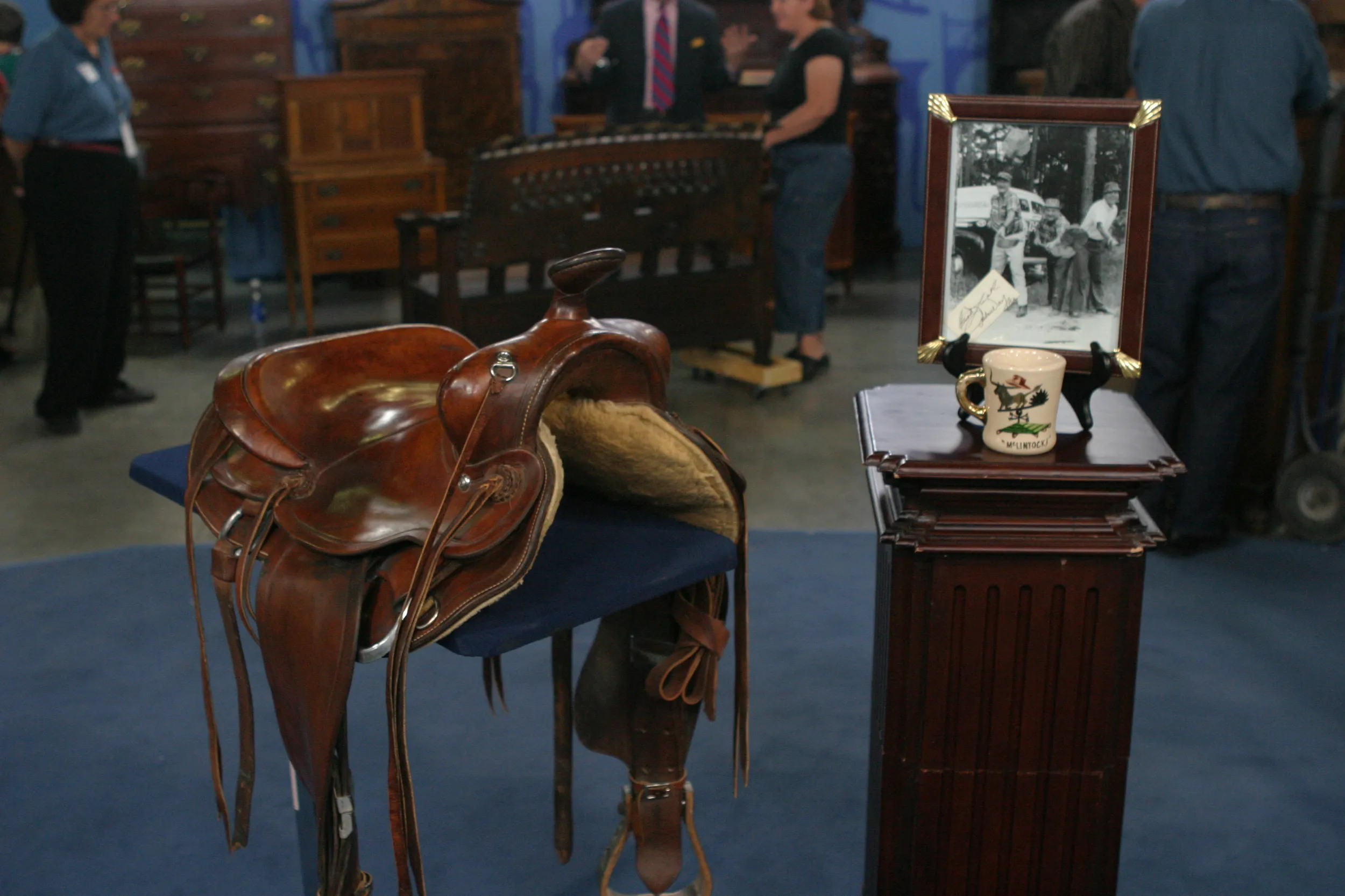GUEST: Well, I grew up always wanting to work in illustration, animation, and as my career progressed, I started to get to know different artists more and more, and then I discovered Ward Kimball early in my career and he became a big influence. I was doing research on a project I was designing, and I looked him up online, and ironically, this popped up at auction, and I just... I had to have it. So, I put my bid in and just prayed that I'd get a hold of it and it worked out.
APPRAISER: And how much did you pay for it?
GUEST: I paid $1,750 for it.
APPRAISER: And that was how long ago?
GUEST: About seven years ago. I actually got to spend a day with him at his estate before he passed away about 12 years ago.
APPRAISER: Wow.
GUEST: And he showed me his entire collection, which, as you know, is pretty amazing.
APPRAISER: He collected trains, he collected antique toys, he had a full-size train layout, he had his own locomotive...
GUEST: Yeah, he even had "Original Depot" on his property from a Disney movie from the '40s. The date on the back says, written by Ward, "1949". I found out the painting appears to be an experimental technique from old animation and this was a bridge point to a whole new movement of animation that didn’t exist at the time.
APPRAISER: He's best known, of course, as being one of the great Nine Old Men from Disney, the original animators that ushered in the first great era of animation film-- Snow White, Bambi, Pinocchio, and Dumbo, and much more. When you look at this being done in 1949, you can see it's a much different form from those earlier films. It's oil on board. It's called The Committee. Ward was outlandish. He was a jazz trombonist, he restored locomotives, he's the one that got Walt into collecting trains. But Disney himself was an amazing figure, because he constantly reinvented himself. He constantly pushed the limits, which is why I think it drew him and Ward Kimball together. Disney had had great success in the '30s with his full-length animated features, but then he went through a strike, and then the military moved in in 1941 after Pearl Harbor, and Disney essentially spent the rest of the war making promotional films for the U.S. Navy, for the U.S. Army. And he wasn't charging enough for them, so despite his success, when they got out of World War Two, he was practically broke. Film and animation redeveloped, and Ward Kimball helped lead the way with Sleeping Beauty, with Cinderella, which is what brought the money back into the coffers in 1950, and other animators took the lead of someone like Ward Kimball, whose great short feature was Toot, Whistle, Plunk and Boom in 1953, which ended up winning the Academy Award for best animated short and really enveloped this sort of art form. This is symbolic of the evolution from the past into the future. Disney pushed every boundary that he could have, and Ward Kimball was really with him every step of the way. If I were putting an auction estimate on this, I would probably put $10,000 to $15,000.
GUEST: Wow.
APPRAISER: I think you could insure this for $30,000 as an insurance value, and I think it could even bring as much as that at auction. But to be conservative, I'd put a $10,000 to $15,000 auction estimate.
GUEST: That's amazing. Thank you.








